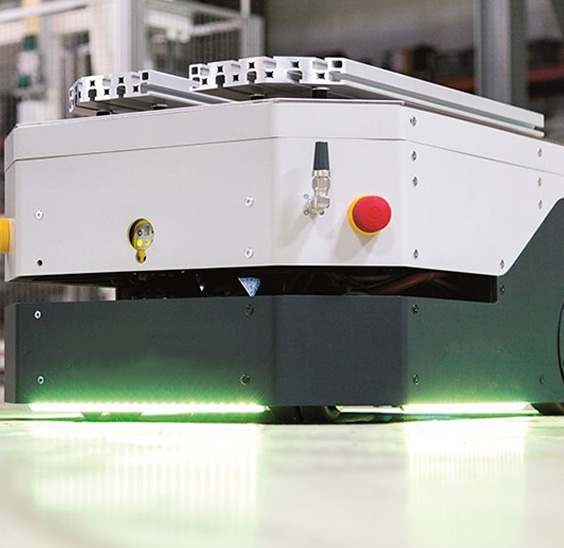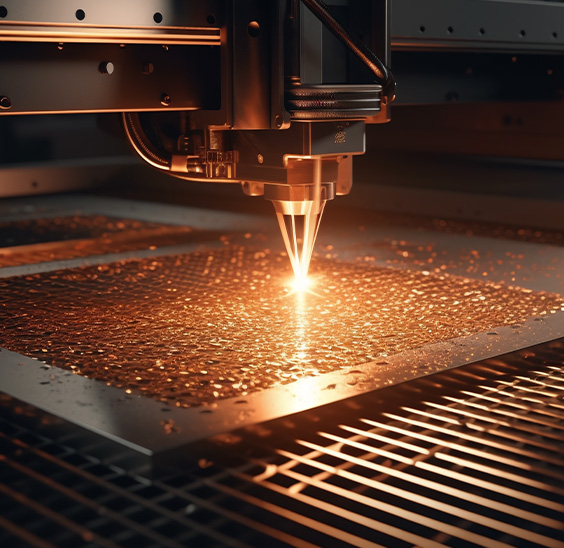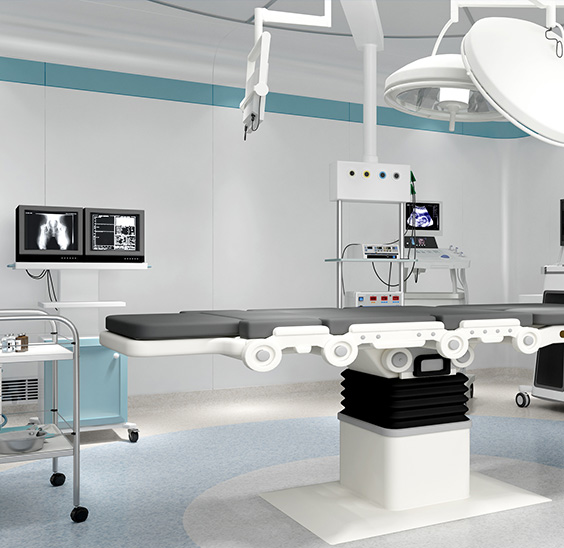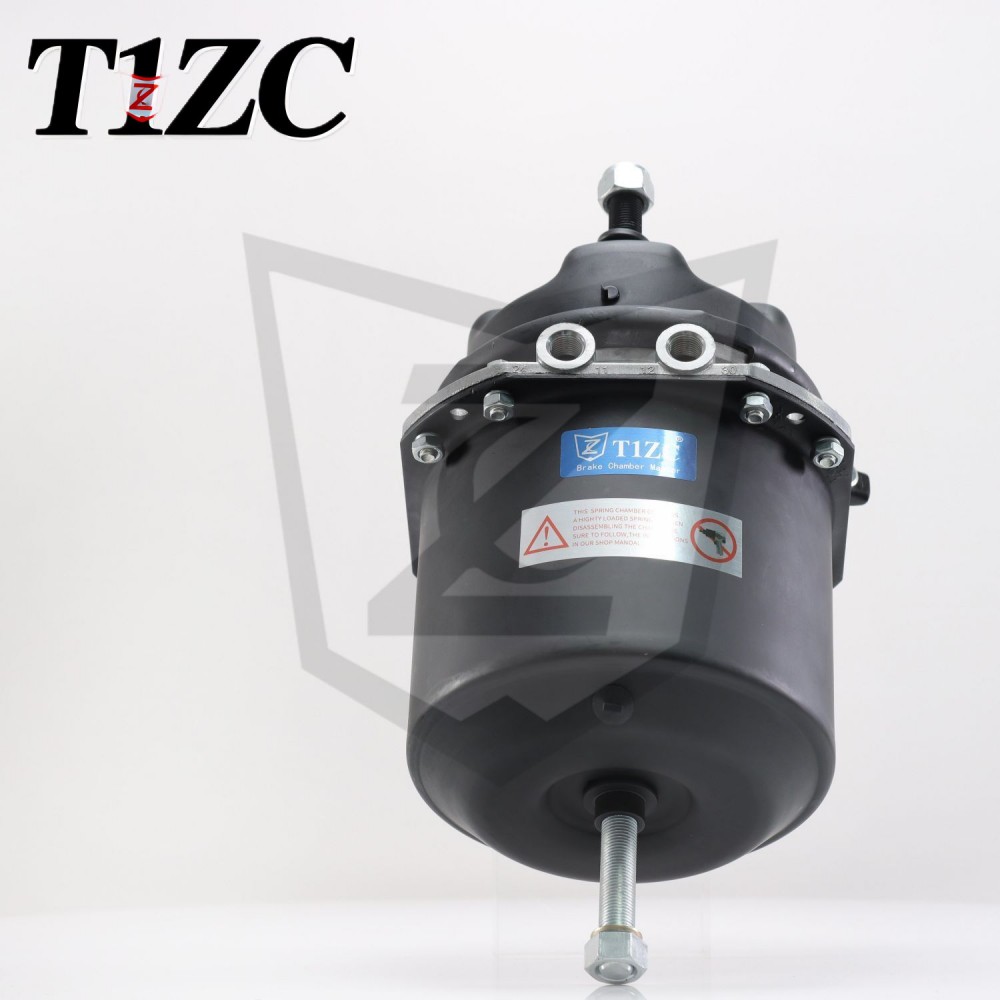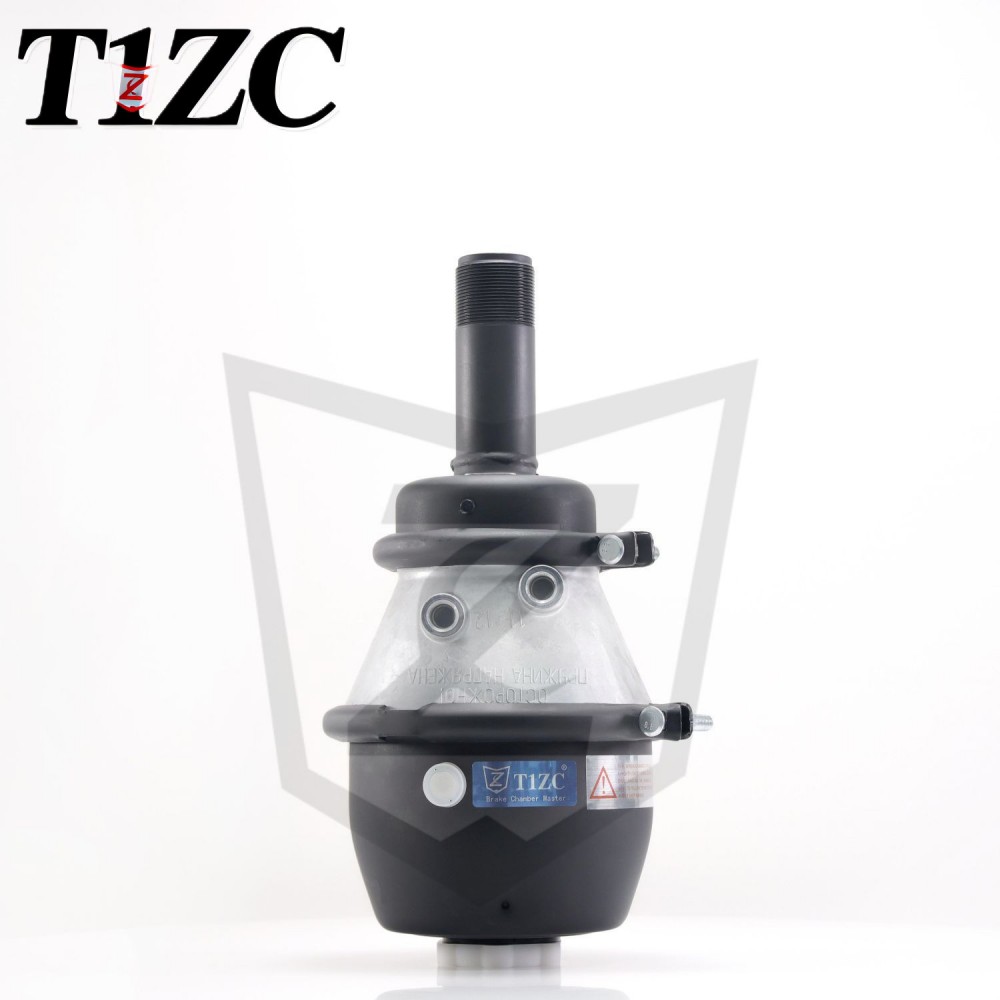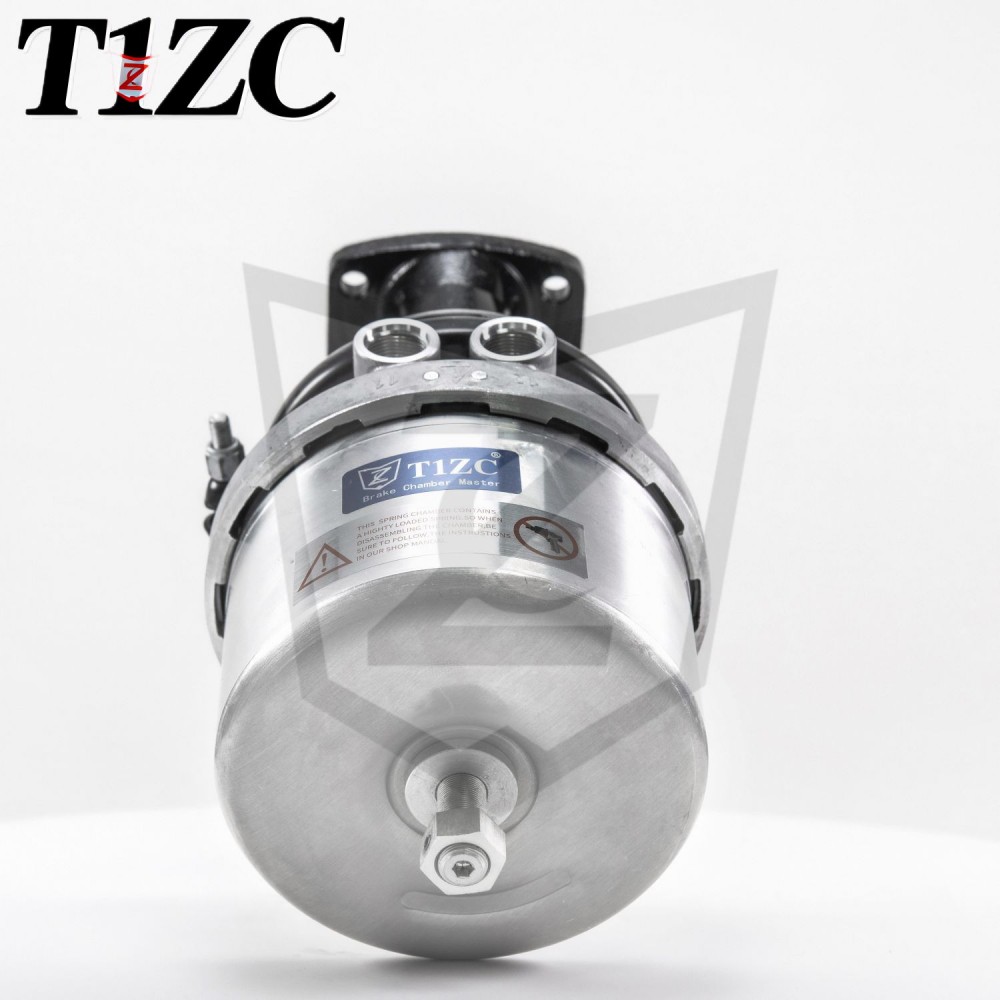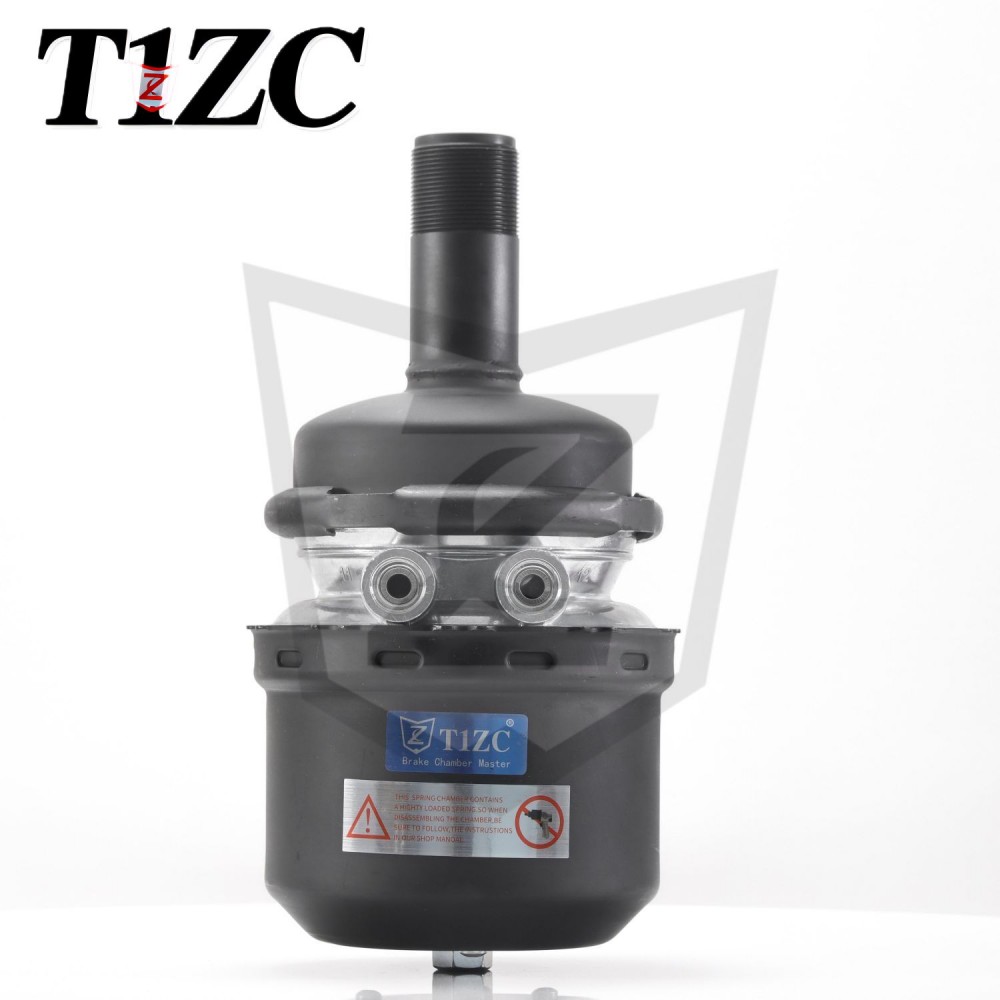How to check brake chamber air leaks during routine maintenance?
Air brake systems are the backbone of heavy-duty vehicle safety. Yet, a seemingly minor issue – an air leak in a brake chamber – can silently compromise braking performance, leading to increased stopping distances, uneven wear, and in severe cases, catastrophic failure. Incorporating a thorough brake chamber air leak check into every routine maintenance inspection is a non-negotiable practice for fleet managers and technicians committed to safety and efficiency.
Why Brake Chamber Leaks Demand Attention
The brake chamber is the critical actuator that converts air pressure into the mechanical force needed to apply the brakes. Leaks typically occur at key points:
The Clamp Area: Where the service and spring brake chamber halves are sealed together.
The Pushrod Seal: Where the pushrod exits the chamber housing.
Air Line Connections: At the ports where air supply and delivery lines attach.
The Diaphragm: Internal failure, though less common externally visible initially.
Even small leaks are significant. They force the air compressor to work harder, wasting fuel. More critically, they deplete air pressure reserves. A leak in one chamber can indicate systemic issues or put extra strain on the remaining brakes. Undetected leaks in spring brake chambers can lead to unintended parking brake application or failure to hold.
Step-by-Step: Checking for Brake Chamber Leaks During Routine Maintenance
This check should be performed with the vehicle's parking brake securely applied and wheel chocks in place. Ensure the air system is fully charged (typically 100-125 psi).
Initial Visual & Auditory Inspection:
Look: Examine each brake chamber (both service and spring brake sections) closely. Look for obvious signs of damage to the housing, dents, or corrosion, especially around the clamp band and pushrod boot. Check air lines for cracks or abrasion near connections.
Listen: With the engine off and the air system charged, carefully listen around each brake chamber. A distinct hissing sound is a clear indicator of a leak. Pay particular attention to the clamp area and the pushrod seal. Use a mechanic's stethoscope for pinpointing faint leaks.
The Soapy Water Test (The Gold Standard):
Mix a solution of liquid dish soap and water in a spray bottle. A thicker solution often works better than a thin one.
Spray the solution liberally over all critical areas of the brake chamber:
The entire circumference of the clamp band sealing the chamber halves.
The pushrod seal area (spray the boot and where the pushrod exits the chamber).
All air line fitting connections at the chamber ports.
Any other areas showing damage or where you suspect a leak.
Observe Carefully: If air is escaping, it will form bubbles in the soapy solution. Even very small leaks will produce a steady stream of tiny bubbles. Larger leaks create obvious, frothy bubbles. Identify the exact source.
Check Pushrod Seal & Boot:
While applying the soapy solution, pay special attention to the pushrod seal area. Gently manipulate the pushrod boot (if equipped and accessible) to ensure soapy water penetrates around the seal. A leaking pushrod seal is a common failure point.
Monitor Pressure Gauge:
While performing the inspection, keep an eye on the primary and secondary air pressure gauges. A noticeable drop in pressure during the inspection period (without brake application) strongly suggests a significant leak somewhere in the system, warranting further investigation even if the source isn't immediately visible at a chamber.
Action: Repair or Replace
If a leak is detected at the brake chamber clamp, pushrod seal, or air line connections:
Minor Leak at Fittings: Tighten the connection carefully. If tightening doesn't stop the leak, replace the fitting or sealing washer.
Leak at Clamp or Pushrod Seal: Do not attempt to repair. A leaking clamp seal or pushrod seal signifies internal diaphragm failure or seal degradation. The brake chamber must be replaced as a unit. Never disassemble a brake chamber clamp in an attempt to repair it – it's unsafe and ineffective.
Checking for brake chamber air leaks is a quick, inexpensive, yet profoundly important step in any heavy-duty vehicle maintenance routine. The simple act of listening and applying soapy water can reveal hidden dangers that directly impact braking power and road safety. Making this check a mandatory part of every inspection interval ensures potential failures are caught early, protecting drivers, cargo, and the public, while preventing costly downtime and repairs down the line.


 EN
EN  English
English Português
Português
